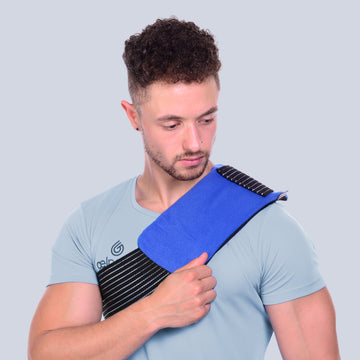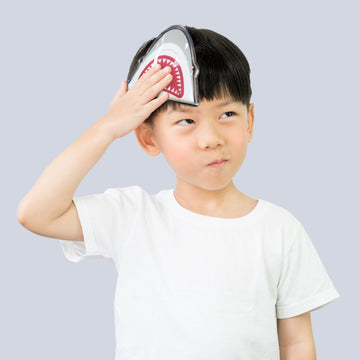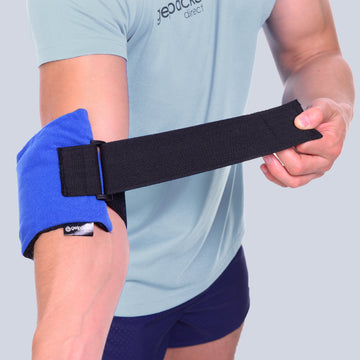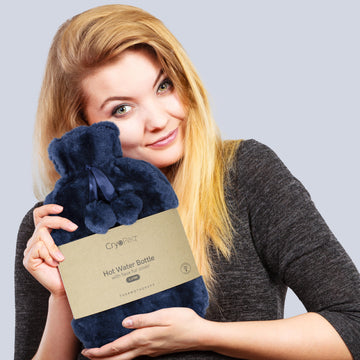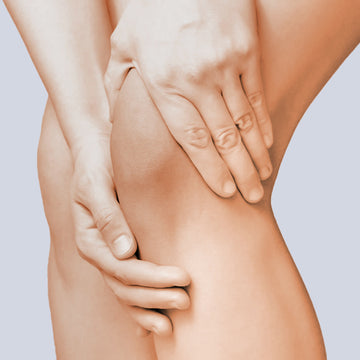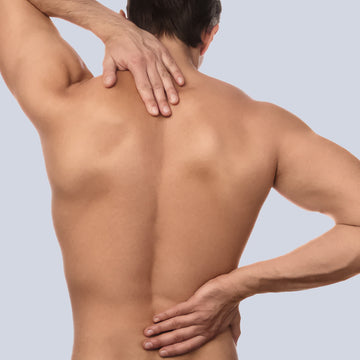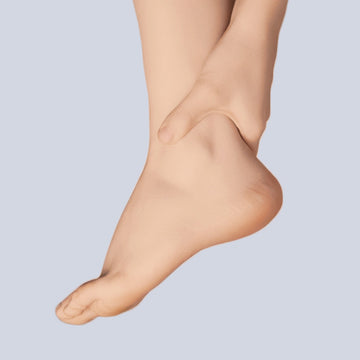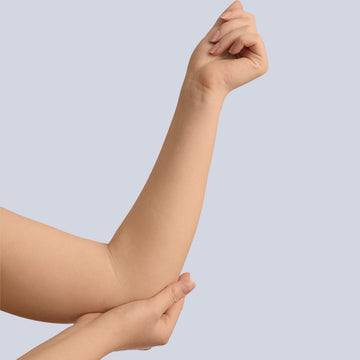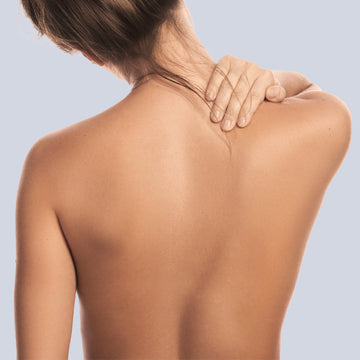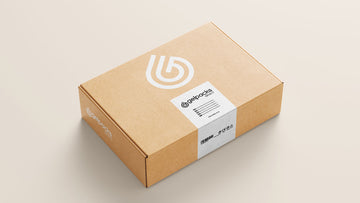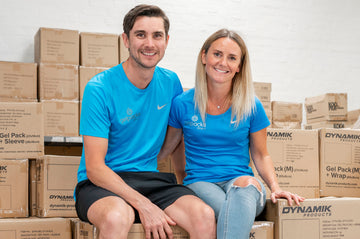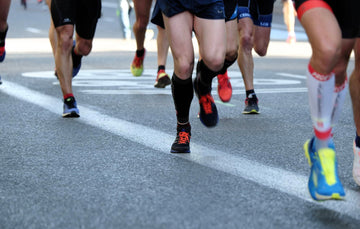Posted by Tia Patel | APR-20-2021

Move more for pain relief
We all know the feeling of being in pain, whether it's a niggle in the knee, a sprained ankle or even chronic back pain. In order to protect our bodies, our natural response is to tense up and limit movement, however, movement and maintaining activity levels are vital in helping you manage your pain so you can do the everyday things that are important to you.
Even better, research has shown that movement and exercise form a key component of your recovery, significantly helping to reduce chronic pain and improve function post surgery. Exercise has many added benefits including, increased mobility, mood stabilisation, improved physical conditioning and an overall better quality of life.
Keep reading for more benefits and to find out about the right type of movement for you.
Benefits of moving and pain management
- Releases endorphins which reduce your perception of pain
- Reassures you that some pain with movement is OK and does not mean that you are doing further harm
- keeps you active and capable of doing what you want to do
- helps regulate sleep patterns
Struggling to sleep? Here's 5 tips
- Reduces stress
Check out these tips for combatting stress
- improves your mood and reduces depression
- improves immune function and your body’s ability to fight infection and illness
- good for your general overall health in the body
- helps with weight control which is important if you suffer with additional chronic disease like diabetes or heart disease
- Moving helps maintain a healthy brain as you age
What if it hurts when I move?
Sometimes, pain gets in the way of movement and exercise. We may respond to pain by: stopping moving, moving differently, or moving excessively.
What you believe about pain can have a very big impact on your recovery. It's important to remember that pain is part of the process of recovery and does not always mean more damage. In most cases, not moving at all is likely to slow your recovery and leave you susceptible to getting persistent pain.
We recommend using your gel pack hot, pre-exercise to warm-up muscles and increase flexibility of joints, which will make moving easier. Heat is always great for relieving pain as it opens up the blood vessels, thereby increasing blood flow to the affected area supplying it with the oxygen and nutrients needed for repair.
It's important to remain in contact with your health care team who will provide advice on moving and exercising in a more personal way for you with clear instruction and guidance on how you can move effectively to relieve pain.
Tips for moving more to relieve pain
-
From the minute your feet hit the ground when you get out of bed, have a set routine which involves moving more when your energy levels are greatest.
-
Move a little everyday.
-
Be realistic about how much activity can be done at one time. Several short “mini-workouts” may be best.
-
Accept that on some days you feel better and can move more whilst on other days you may be in more pain and discomfort and not able to move at all - balance is key.
-
Walk indoors on a treadmill on the days when it’s cold raining and you don’t feel like going outside.
-
If you like to listen to music whilst walking or doing simple household chores then increasing the beat of the song can give you a faster tempo to follow which will help you pick up the speed and move more.
-
Lift weights or household items such as soup cans to slowly build strength. Movement such as overhead arm raises will help you maintain or add to your muscle strength to support and protect your joints.
-
Walk around when you talk on the phone.
-
Move during the ad breaks whilst you are watching tv.
-
With covid restrictions easing, find yourself a partner or friend to walk with, this will make moving a more enjoyable experience.
The most common chronic pains and treating them with movement
Low back pain: Movement and exercise for relieving lower back pain is about building up the body's core muscles to increase stability and strength within the spine.
Treatments - Stretching, water aerobics, stationary bike, modified Pilates-based program
Fibromyalgia: This condition causes pain throughout the body, stiffness, muscle sensitivity and fatigue. Whilst those with fibromyalgia have difficulty staying physically active, movement and exercise can help relieve stiffness to regain function of the body.
Treatments - Stretching, low-weight strengthening program, swimming, low intensity aerobics, light resistance training.
Arthritis: Moving your joints keeps them flexible and reduces the classic joint stiffness of arthritis. It's also important to strengthen the muscles that surround and support joints.
Treatments - swimming, walking, daily gentle stretching for range-of-motion and flexibility, tai chi, yoga, strengthening exercises cycling. If joints in the lower body are especially painful, rowing or elliptical machines, and swimming are extremely beneficial.
Neck and shoulder pain: As we spend more of our time, sat down, staring in front of a computer screen whilst working from home, we are beginning to experience more problems caused by poor posture.
Treatments - Stretching, weightless strengthening, aerobics such as walking, cycling, elliptical machines and aqua exercise.
Check out these exercises to keep your shoulders strong and flexible
Give these moves and go and let us know how you get on with relieving pain…
#TeamGPD
